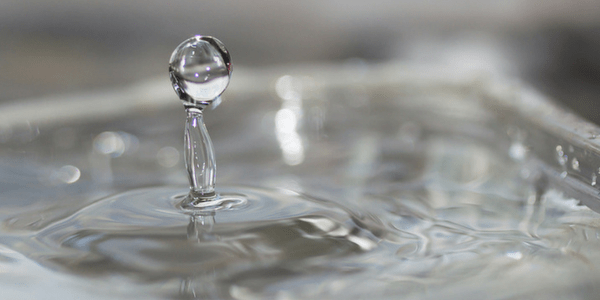 One of the first things that people new to practicing magick learn about is cleansing. This basic part of magick is meant to remove negative energy from your tools and yourself, which helps to ensure that all your works start from a strong foundation. As common as it is, many people are still unsure about it. The warning to cleanse before practicing is often repeated across many practices, but what does it mean?
One of the first things that people new to practicing magick learn about is cleansing. This basic part of magick is meant to remove negative energy from your tools and yourself, which helps to ensure that all your works start from a strong foundation. As common as it is, many people are still unsure about it. The warning to cleanse before practicing is often repeated across many practices, but what does it mean?
New practitioners may be confused with this very general statement. Does it mean to physically wash something with soap and water? Does it mean to just clear your mind? All of that? None of that?
The short answer is: yes.
This article explains what cleansing means in a magical sense means, and offers you simple techniques for how to do it.
What is “cleansing” anyway?
Cleansing is a catchall phrase for clearing negative energy, or the energy of others from yourself and objects that will be used in magical rituals. It acts as both a form of protection, and as a way to begin your work from a clean slate.
Most of us do not make our own tools or supplies. Because the things we are using — such as tarot cards, wands, crystals, or even idols for altars have been handled by others — they may have picked up their energy. It may not have been negative, but since we can’t know for sure, it is better to cleanse them before use.
Similarly, as we pass through the world, we pick up the energy of others, and this energy can be infused into our work. Imagine spending the day around your negative co-workers, and then attempting to work a spell for peace in your home. It probably won’t go very well, because the negative interplay from your job will spill over. Cleansing puts distance between your work and the influence of the negativity by removing it.
Cleansing ourselves also acts as a form of protection, as it helps to remove and block negative energy from our being. Many people cleanse regularly in order to avoid the effects of any negativity picked up from others around them, whether they intend to work any magick or not.
Many people also cleanse their spaces, homes, and offices regularly for the same reasons. The most popular, and well-known, cleansing ritual for this is to smudge an area by burning sage and letting the smoke waft over it. This is a common method, but it is not the only one.
All of the methods covered in this article can be combined with prayers and more complex rituals for a deeper experience. In fact, they should be! Take a few moments to address the item, its purpose and thank the spirit (whether they be a deity, ancestor, or another entity) for bringing it into your service. This does not have to be a complex ritual. You should say words of thanks for yourself, if you are doing a self-cleansing ritual. You should also have a place ready to receive the cleansed object. A cloth or a box, or even a spot on your altar.
Taking these small steps will help your cleansing ritual go smoothly.
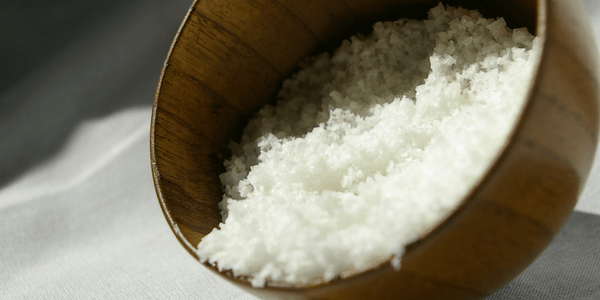
Cleansing with water and salt
One of the ways new tools are often cleansed is with simple water and salt. This method is good for items that will not be damaged by becoming wet. Many wands, idols, altars, and even jars can be cleansed in this way.
Cleansing with water and salt is meant to ritually clean the energy from an object, and also works to give a deeper connection with the act, as water is commonly used to clean things! For new practitioners, especially, this easy sensory reminder may help them more fully immerse themselves in the process.
Water is one of the four classical elements and one of the building blocks of all life. Salt is a protective mineral that also purifies, and helps rid spaces of negativity. By adding salt to water, some people believe that it hearkens back to the waters of the womb and, by using such a mixture, you are in a sense giving a new life to the item.
If you are interested in cleansing yourself, Epsom salt soaks are very soothing as well. Spending a few minutes in a healing bath will help to rejuvenate a practitioner or make them ready to perform some work. ((More details on ritual bathing can be found in “Three magical self-care rituals: Uplift, energize, and protect.”))
Salt is one of the most basic cleansing minerals. There are many other herbs and plants that can be used to cleanse a space, item, and even your body. However, if you’re just starting out, salt and water are very easy to find, and normal table salt, kosher salt, Epsom salt, or sea salt are all acceptable to use for this purpose.
Of course, not everything can be put into water.
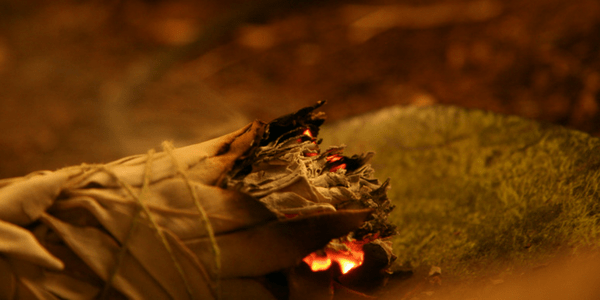
Cleansing with fire… sort of
If water isn’t a good choice, the next best thing is fire. For centuries, this primal force has been honoured for its life-giving properties, by people all over the world. Don’t worry though, we’re not going to put anything in the fire! It is the smoke that is most commonly used to cleanse things.
Many people use incense or smudge sticks (remember the sage from the intro?) in order to harness fire as a cleansing tool. This is partially because incense and smudge sticks are made from certain woods and herbs which have magical correspondences, but also because they make a good deal of smoke. That being said, you can use a simple candle for this type of cleansing as well. White or black candles would be the optimal choices. White for purification or black for protection1 is generally ascribed too, but please check with your own practice as to what colours correspond to what. Using candles is a good option for people who are sensitive to incense or smoke.
This is a really simple method of cleansing. Simply light your incense, smudge stick, or candle and pass the object through the smoke. You do not want to touch the object with the flame unless it is fireproof.
Some items made of stone or metal can be put into the flame for a moment, as they will not burn. However, if you are planning to do this, you must take extra safety precautions! Ensure that the part you are holding will be heat safe so as not to burn yourself. If you saying an invocation or prayer during the time the item is in flame, make sure it will not overheat and become damaged. In fact, if planning such a ritual, it is best to keep this part very short. Also keep in mind that being close to the heat for an extended period of time may permanently discolour some items.
Using smoke is an excellent option for cleansing items like tarot cards, which cannot take any amount of moisture. You can also use smoke on books such as grimoires, or even reference books. This method is fairly safe, as long as you’re careful not to get too close to the flame.
Some people cleanse themselves using smudge sticks or incense by waving them over their bodies, or by standing in the way of the smoke. If you are substituting candles, using them for a full body cleansing is not possible.
If using incense, scents like sandalwood, benzoin gum, citronella, or rue are good choices. Sage smudge sticks are most common, but Palo Santo as well as other smudge sticks are available in a variety of places.2
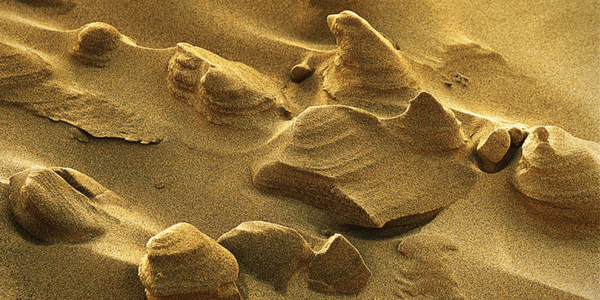
The air you can’t see
Sometimes smoke is considered to be a way to make air visible. The methods described above can be used for air cleansing in this way if you wish, but there is another option: Wind.
Literal wind that blows around outside can also be used for cleansing rituals, however, there is a caveat to that. Air is greatly unpredictable. Although it can be used to help cleanse a house or even a full body (if you’re brave enough to go sky-clad), it’s not a perfect option for cleansing tools or anything small, as it will carry them away. If your goal is to release something, such as burnt offerings, then utilizing the wind is a perfect solution.
If you plan to use air, then it should ideally be used only for objects that have their own weight. Wind can be strong enough to snatch things right from your hands, so this is not recommended for anything that can be blown away.
Another option, if you are comfortable with technology in your practice, is to use a small hand held fan to generate a “light wind” to cleanse your item. This option can be done in the home and is accessible to people who live in climates which don’t get much wind.
Earth, put it in the ground
Earth, the ground, or dirt can be used in cleansing rituals. This may seem strange as dirt makes things “dirty” but what you are calling on is the cleansing power of the earth. However, using it in this way is impractical.
In order to cleanse with earth, you would have to bury the item. This poses a number of issues. Earth tends to be fairly moist and filled with undesirable things, and you would need to be able to bury the item somewhere it wouldn’t be disturbed. This makes it a great option for cleansing yourself of something forever, but not so great for cleaning tools or yourself. Using sand to cleanse an object is the exception to this.
Sand can be used to cleanse when water isn’t available, is scarce, or otherwise undesirable. Lightly rub sand on the item or yourself, but be careful, because sand can be very harsh. When you are finished, dust the sand off. This method should only be used if there are no other alternatives, or you live in a climate where this would be optimal.
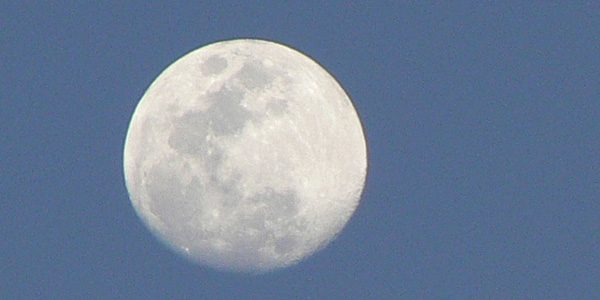
The moon and the sun
The light of the moon and sun can also be used to cleanse, as well as charge. Due to its strength, sunlight is not used as often as moonlight. However, both of these celestial bodies can be used in cleansing rituals.
The moon is far more popular for cleansing. Its light is gentle, and there is less of a chance for you or your item to be disturbed during the cleansing, since most people would likely be sleeping. Due to the relative stillness, there are more opportunities for ritual and meditation when cleansing this way.
The sun’s light is much stronger and can be damaging (even in the short term), to certain objects and people. Still, there are many items that can be cleansed this way. Certain stones, for example, benefit from some time in the sun. ((For more information on crystals, check out “Crystals: How to buy your first one.”))
Using the sun or moon is a truly spiritual pursuit, and for the right practitioner, basking in their light can be great cleansing and charging experience. However, if you have no affinity for these bodies, I do not recommend them, especially if you are new to the practice of cleansing.
This is just the beginning
The methods outlined in this article are just the start to cleansing, and these techniques are meant to help you get into the habit. As you move further along in your practice, you will be able to identify ways to incorporate more personalized methods into your cleansing rituals.3
As you learn, you may add herbs, combine elements, or create many stepped processes. Or you may just stick to the basics. Whatever works for you is fine. Cleansing is meant to remove collected energy from your tools and yourself. You can do it as much or as little as you feel necessary.
Image credits: Carl Revell, Happy Krissy, Vincent Brassinne, and ry Ross
- Dana Hinders, “Candle Magic Spells and Colors,” Lovetoknow, accessed 16 May 2017. [↩]
- More specific information on smudging can be found in Michelle’s excellent article, “Smudging: How to do it and how not to do it.” [↩]
- More advanced rituals can be found in “Four fall cleansing rituals.” [↩]








